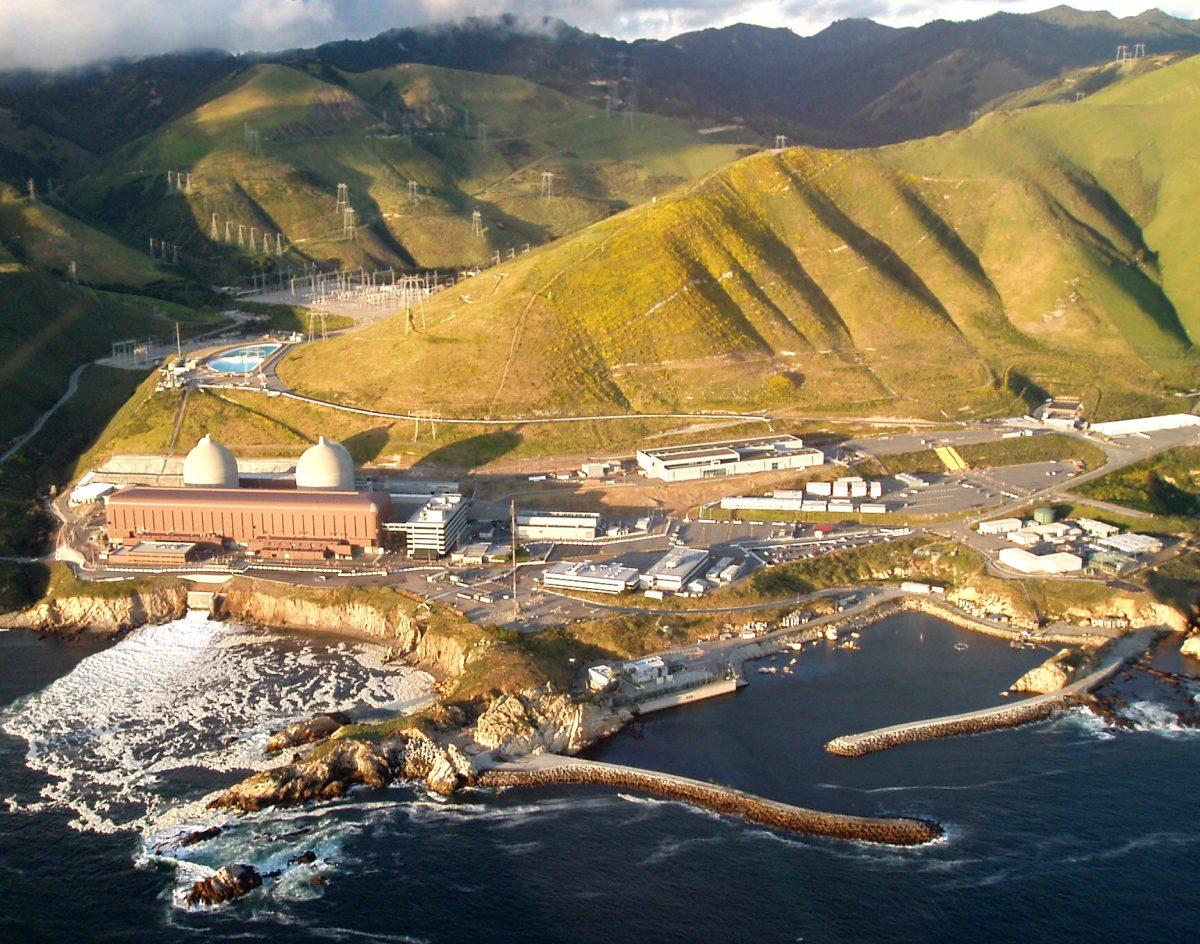By Sophia Carnevale
The closure of Diablo Canyon Nuclear Power Plant in 2025 raises economic concerns for the K-12 school system and for San Luis Obispo County in general — but it also means curriculum changes at Cuesta College that will prepare students for new jobs.
Cuesta recently developed a new curriculum aimed at training students for positions that will be necessary for decommissioning the plant and for working at other plants with similar technology — a move which, officials say, uniquely positions the college to become California’s premier program for nuclear power technology, capable of replenishing the workforce at Diablo Canyon and preparing students for nationwide employment,†as stated by the Associates of Science degree proposal at Cuesta states.
“Currently we have a certificate of Specialization in Nuclear Energy Systems and other courses are working their way through the curriculum and may lead to a concentration in Nuclear Energy in one of our existing Associates Degrees†said John Cascamos, Dean of workforce and economic development at Cuesta.
Diablo Canyon employs about 1,500 people in the SLO area and the average salary for those employees is about $157,000 a year.
These jobs are highly coveted and a great opportunity for anyone in the nuclear engineering field, making the program at Cuesta a promising prospect for future engineers, according to Troy.
The plant’s closure is projected to be locally funded until the year 2020 when it will transition to the state funded model. This will result in a cost to the community of anywhere between $8 million and $12 million.
Most K-12 districts, such as San Luis Coastal, follow a “basic aid†model where its funding comes primarily through property taxes rather than general aid from the state, according to Dan Troy, the Vice President of Administrative Services at Cuesta. This means that K-12 districts will feel the loss of finances of the decommission process far more than Cuesta will.
Cuesta is in a very different situation because it’s a state-funded school.
“We get nearly $2 million from PG&E every year since the plant opened,†Troy said.
Once this money stops, the state will make up for the funds lost and Cuesta won’t be hurt too badly by the ordeal, according to Troy.
This is the first year that the courses are being offered at Cuesta and there are currently seven students enrolled.
“I think it is entirely likely for us to get to a point where there are 25-30 students actively taking classes in this area,†Cascamos said.
In the remaining nine years before the plant goes offline, Pacific Gas & Electric is looking to find new forms of energy to replace the hole that Diablo Canyon will leave.
According to their Joint Proposal for Energy Replacement, PG&E plans to fill this gap with 100 percent  renewable energy in the form of wind and solar.
“I’m glad to see that they’re looking at renewable resources, too,†Troy said. “It’s good for the environment and may cause new jobs and a new economies over that time.â€
These new economies are something Cuesta can continue to pursue and train students in for careers.
“That’s what we do at Community Colleges,†Troy said. “We look into the regional needs and respond to emerging markets by offering programs in those markets. This is just the latest example of Cuesta responding to those needs.â€














